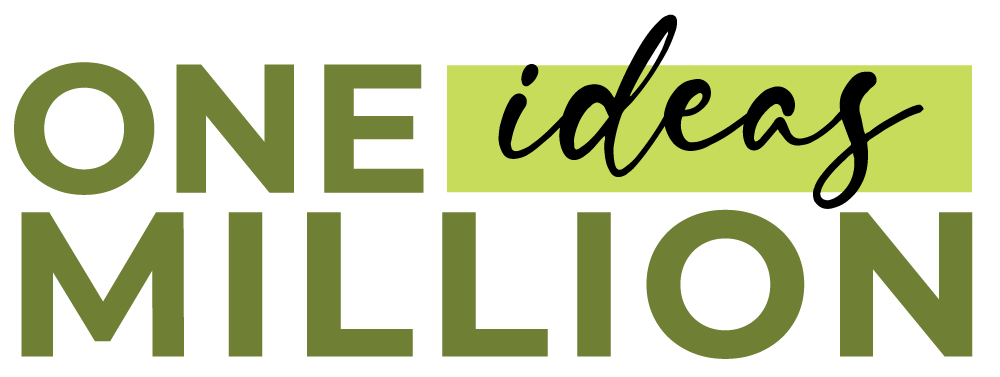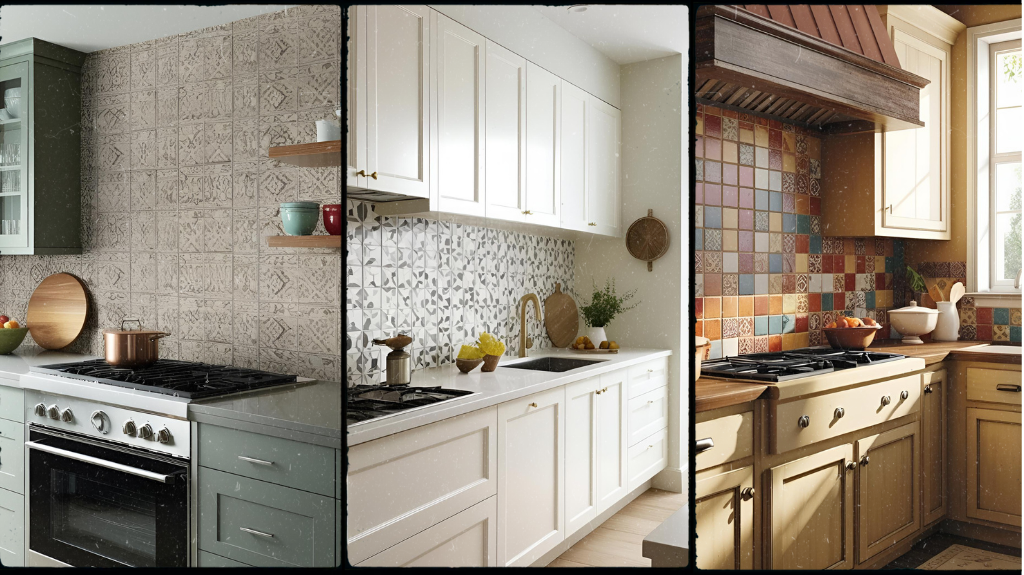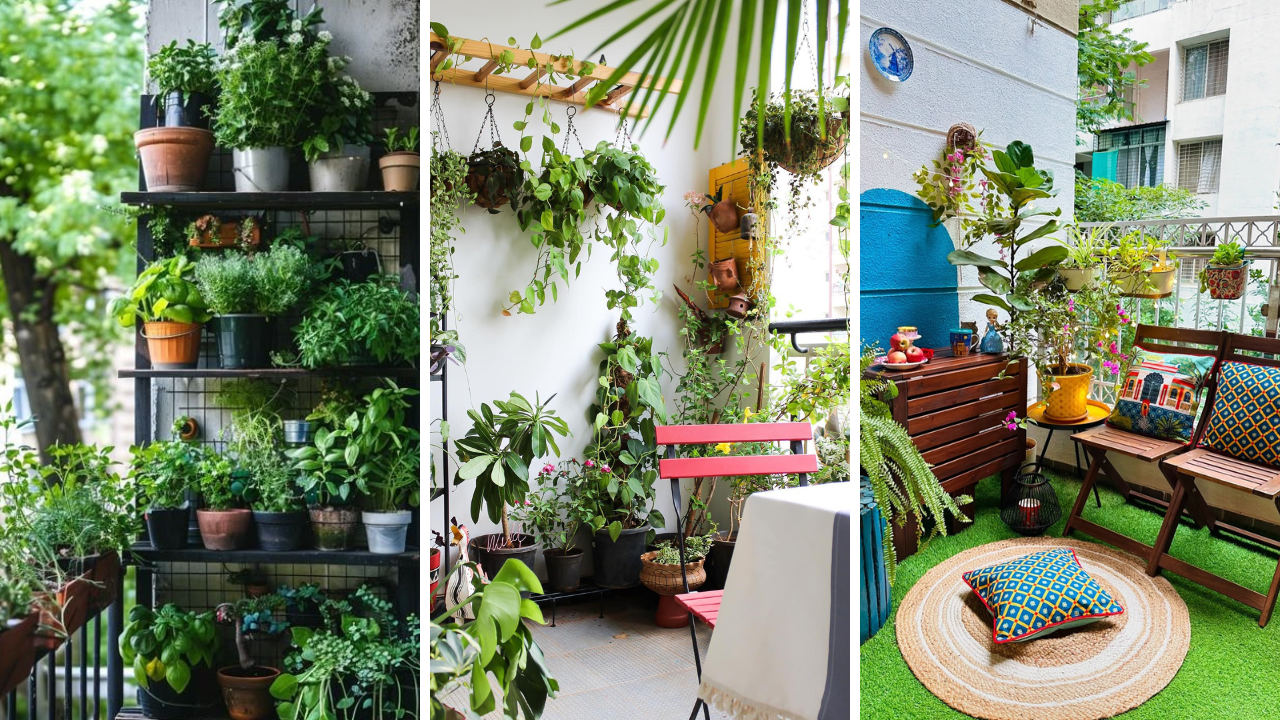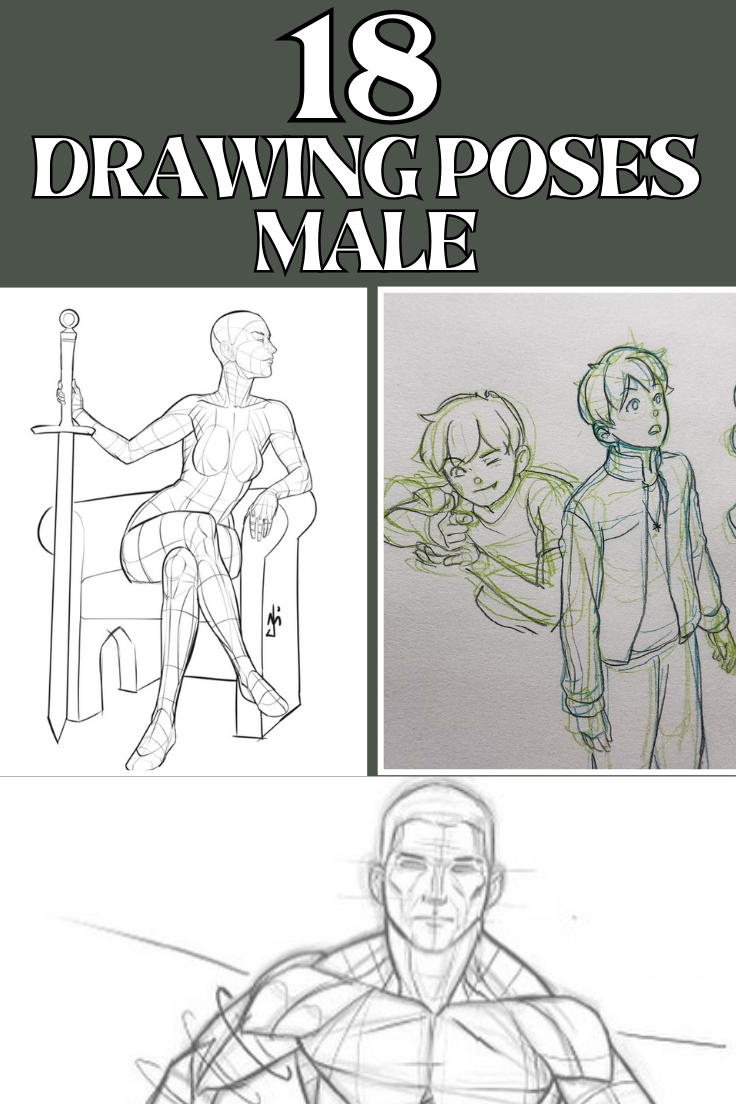
Drawing the male figure can be both exciting and challenging, especially if you’re looking to bring life, movement, and personality into your artwork. Whether you are a beginner artist or someone who has been sketching for years, learning the right poses can make a huge difference in your illustrations. Understanding body posture, muscle structure, and natural movement is crucial to creating dynamic, realistic, and expressive male figures. With these 18 essential drawing poses, you’ll be able to master the art of sketching male characters in various positions, from casual standing stances to dramatic action movements. To make your drawing process even smoother, we’ll also recommend some useful tools and resources that can help improve your sketches, including reference guides, sketchbooks, and anatomical models. So grab your pencils, set up your drawing space, and get ready to take your male figure drawings to the next level!
1. The Classic Standing Pose
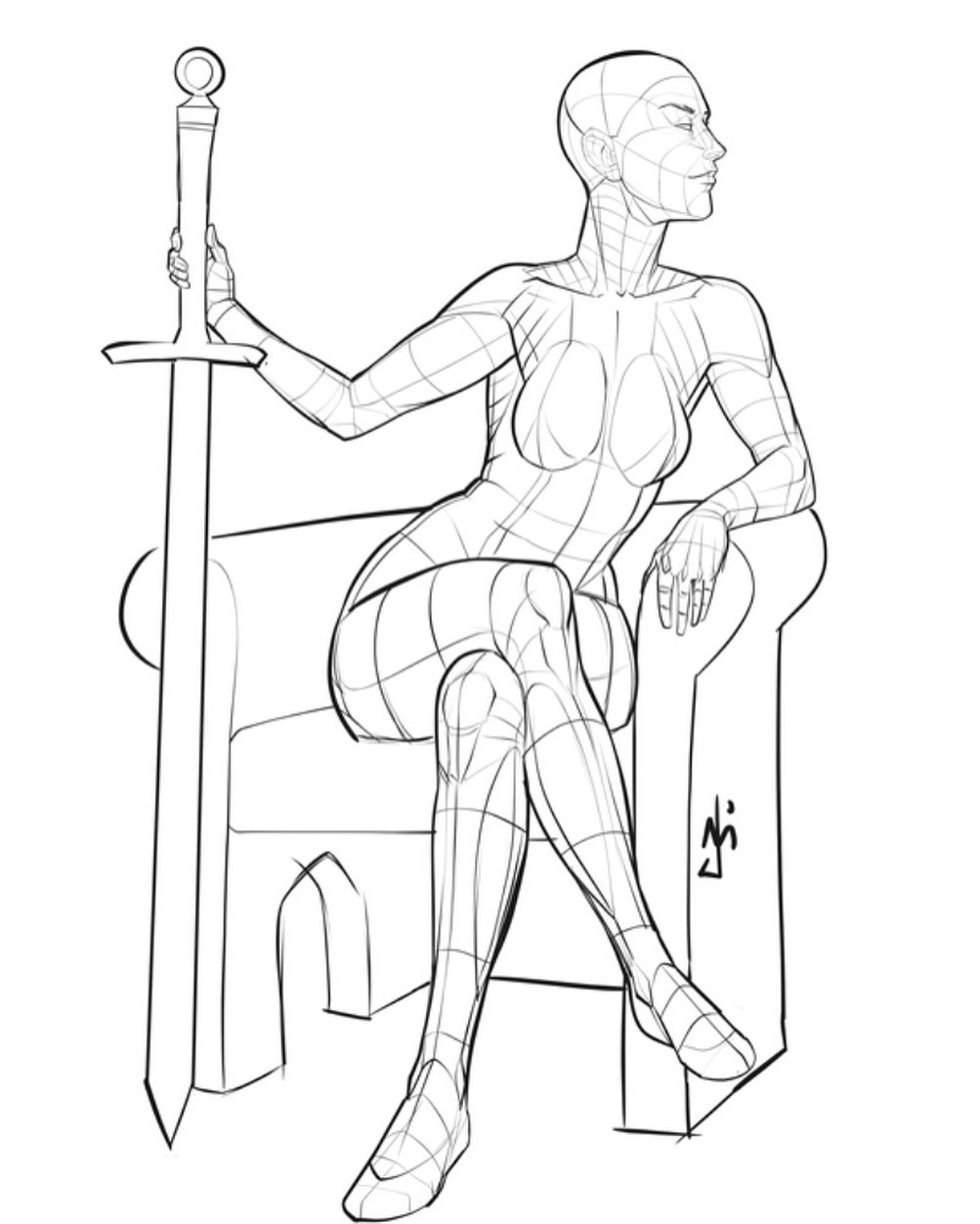
source @posereference
One of the most fundamental poses to master, the classic standing pose is the perfect starting point for any artist looking to draw male figures with accuracy. This stance, where the subject is standing upright with feet slightly apart and weight evenly distributed, serves as a great exercise for understanding proportions, posture, and balance. It’s often used as the base for more dynamic poses, and mastering it will allow you to modify and build upon your drawings with ease. Beginners should focus on skeletal structure first, then add muscle details and clothing folds for realism. Using a wooden artist mannequin or a digital reference tool can be extremely helpful in getting this pose just right.
2. Hands in Pockets Pose
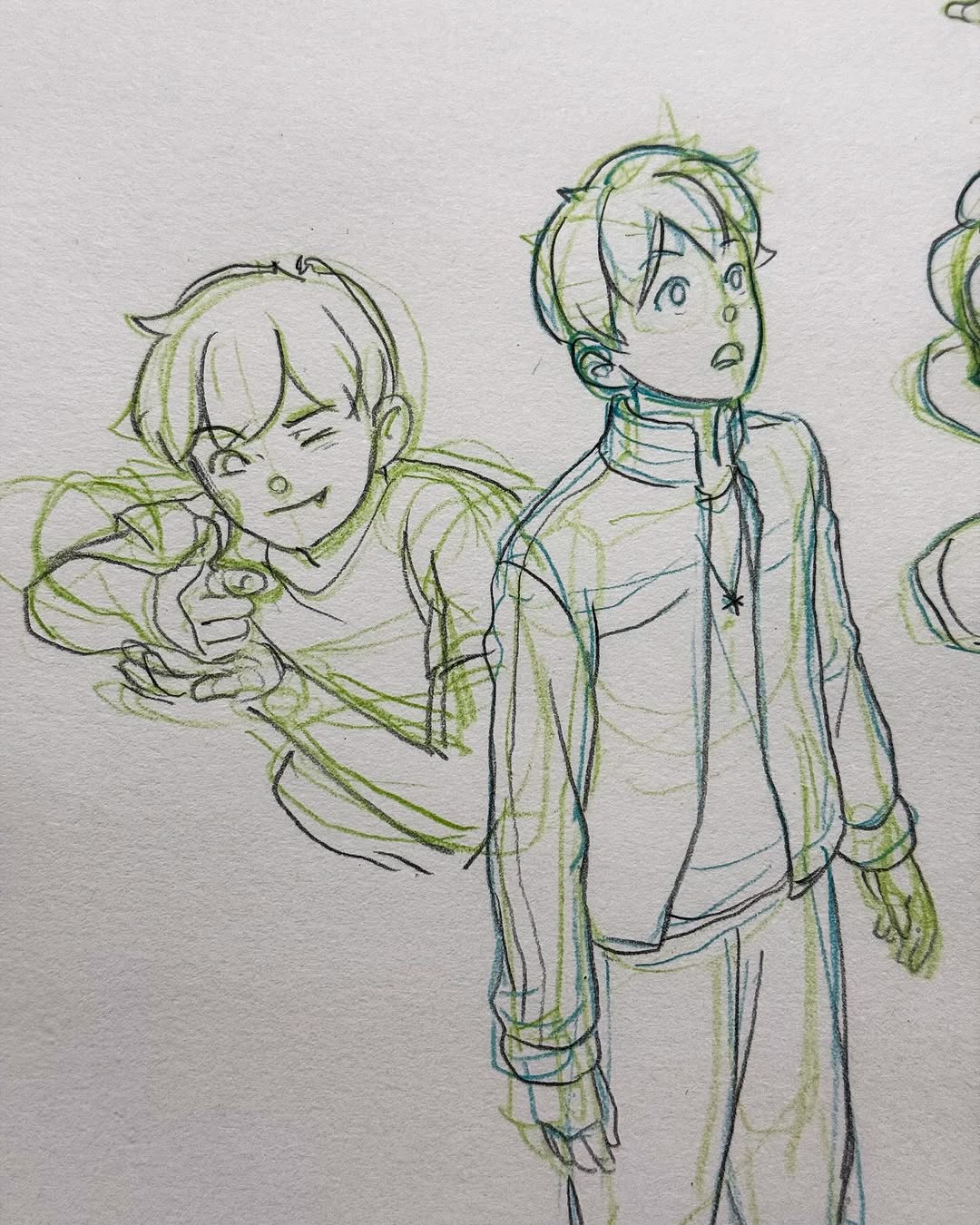
source @chommang
A relaxed and casual posture, the hands-in-pockets pose adds personality to your drawings while also helping you practice how arms and hands interact with clothing. This pose is great for illustrating everyday characters, whether they’re walking down the street or simply standing in a relaxed stance. Pay attention to how the shoulders slightly drop and the way the fabric folds naturally around the hands when tucked into the pockets. This is a great exercise for improving your ability to sketch clothing with realistic draping effects.
3. Crossed Arms Pose
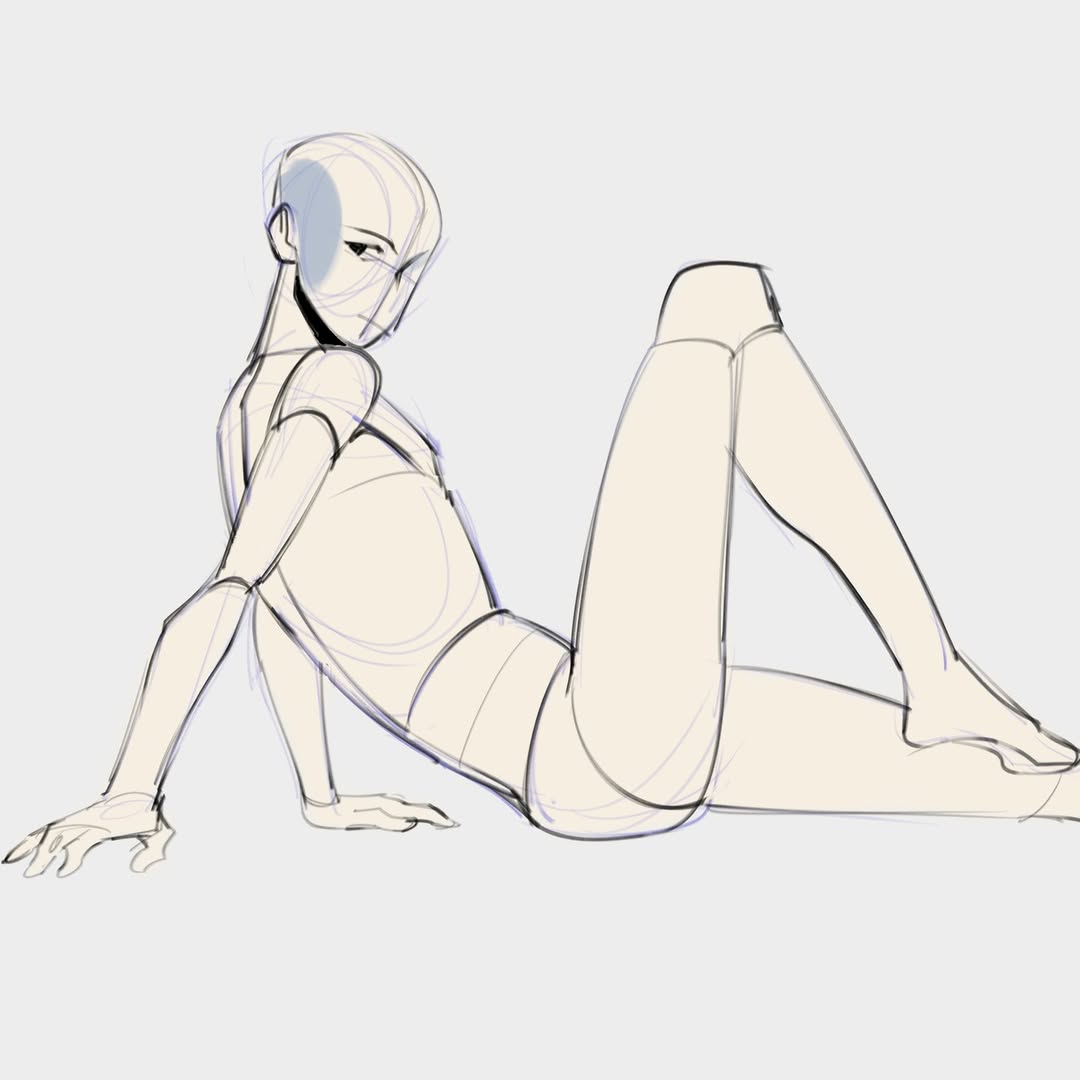
source @albanenechi
The crossed arms pose is an excellent way to convey confidence, authority, or even defiance in a character. This stance requires an understanding of how the arms interact with the torso and how they overlap to create depth. The biggest challenge artists face with this pose is making sure the arms don’t appear too stiff or unnatural. A helpful trick is to sketch the chest and shoulders first, then add the forearms resting over one another while ensuring the elbows remain at a natural angle. Mastering this pose will give your drawings a polished and expressive look.
4. The Walking Pose
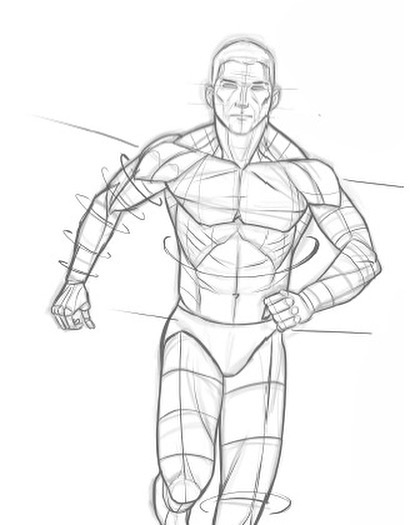
source @posereference
Understanding movement is essential for any artist, and the walking pose is a foundational exercise for learning balance and weight distribution. When a person walks, one foot is lifted off the ground while the other bears the weight, creating a natural tilt in the hips and shoulders. This dynamic pose helps bring your characters to life, making them look more natural and realistic. Pay close attention to how the arms swing naturally in opposition to the legs and how the torso slightly twists to accommodate movement.
5. The Running Pose
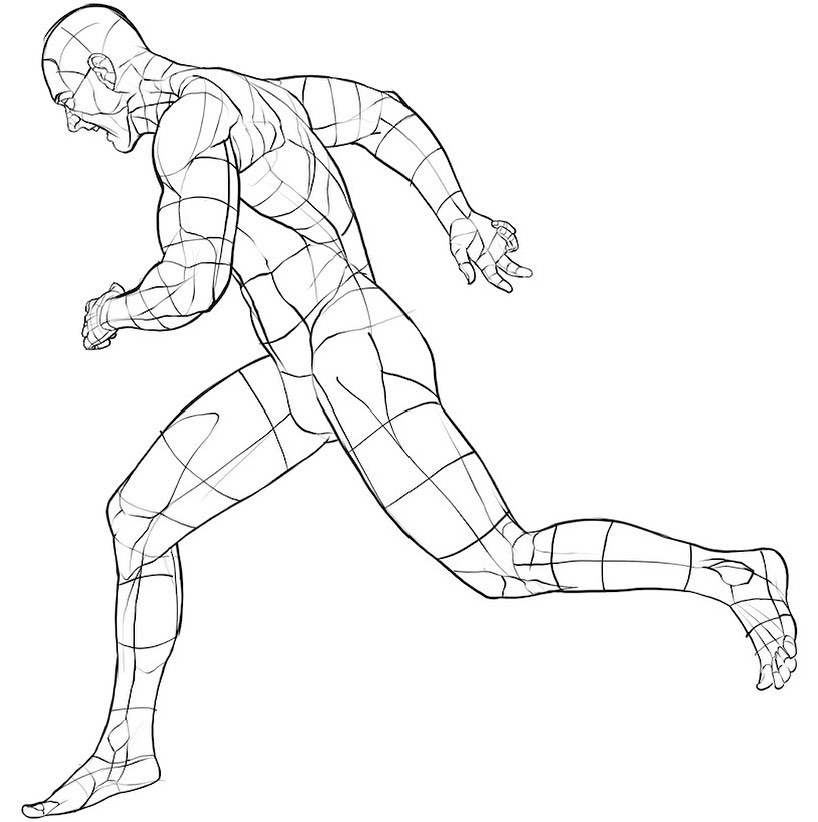
source @posereference
Drawing a male figure in a running stance requires an understanding of both anatomy and perspective. This pose helps artists develop their ability to capture motion and energy in their drawings. When sketching a running figure, it’s important to exaggerate the forward lean and the stretching of the limbs to create a sense of speed and urgency. The positioning of the arms and legs should reflect a natural running motion, with one arm forward and the opposite leg extending backward.
6. Sitting with One Leg Over the Other
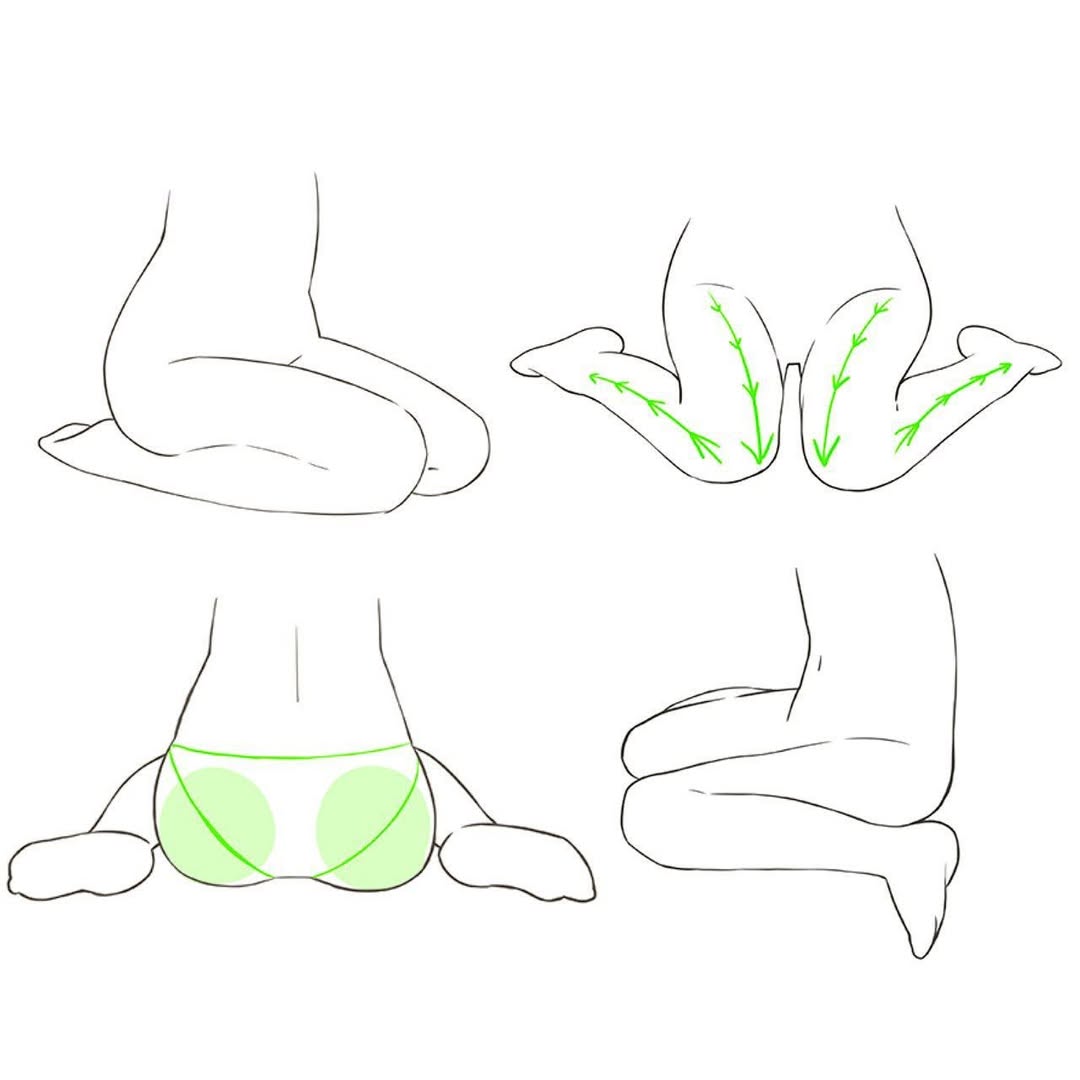
source @procreate_free_brushes
A relaxed, stylish pose, this position is great for sketching characters in social or introspective settings. This pose challenges artists to pay attention to how the body weight shifts when seated and how the arms can be positioned to complement the scene. Whether the character is engaged in a conversation or lost in thought, small details like the curve of the spine and the positioning of the hands can add depth to the drawing.
7. Leaning Against a Wall
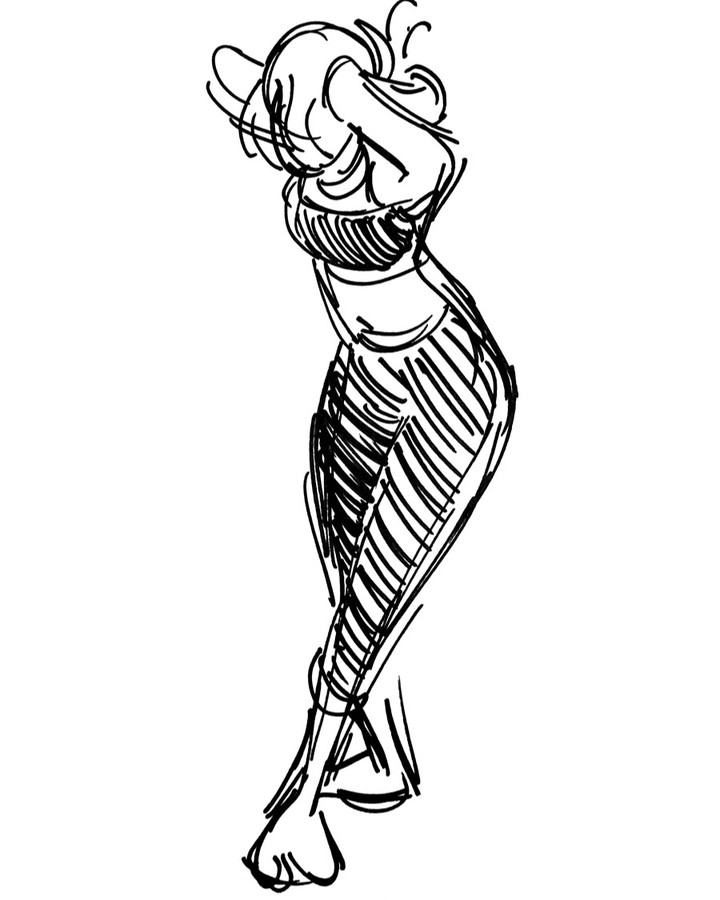
source @stephscribbles
A versatile pose that exudes coolness and confidence, the leaning-against-a-wall position can be used for a variety of character types. Whether sketching a casual bystander or a mysterious protagonist, this pose helps artists practice foreshortening and depth. The key to nailing this stance is to observe how weight is distributed—one leg may be bent while the other remains straight, and the shoulders often drop slightly to emphasize relaxation.
8. Hands on Hips Pose
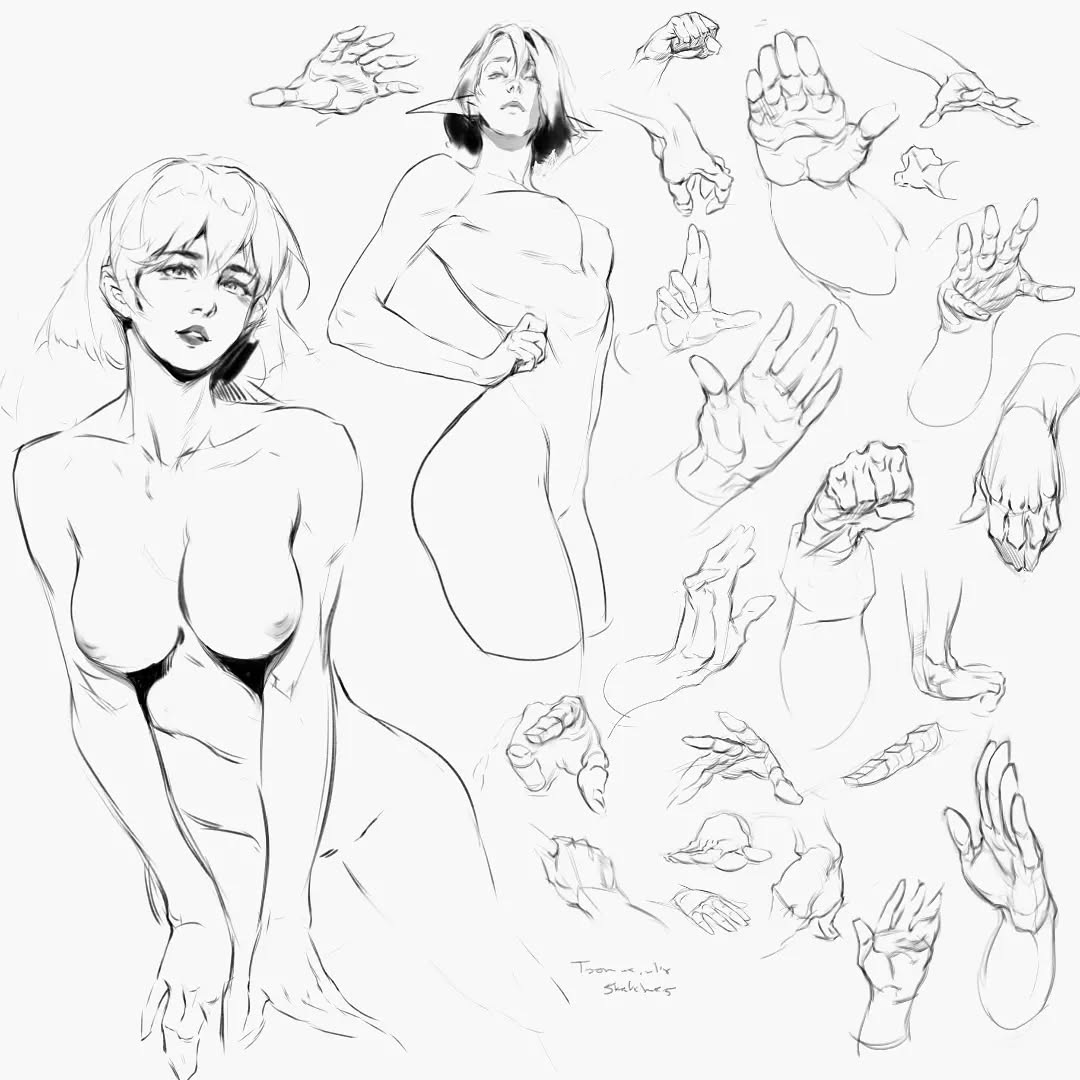
source @toomas_art
Often associated with power and assertiveness, the hands-on-hips pose is an essential stance to master. This pose can be used for superheroes, leaders, or characters exuding confidence. Pay attention to how the elbows extend outward and how this affects the overall composition of the figure. This is also a great pose for practicing torso anatomy, as it showcases the natural curvature of the waist and ribcage.
9. The Thinking Pose
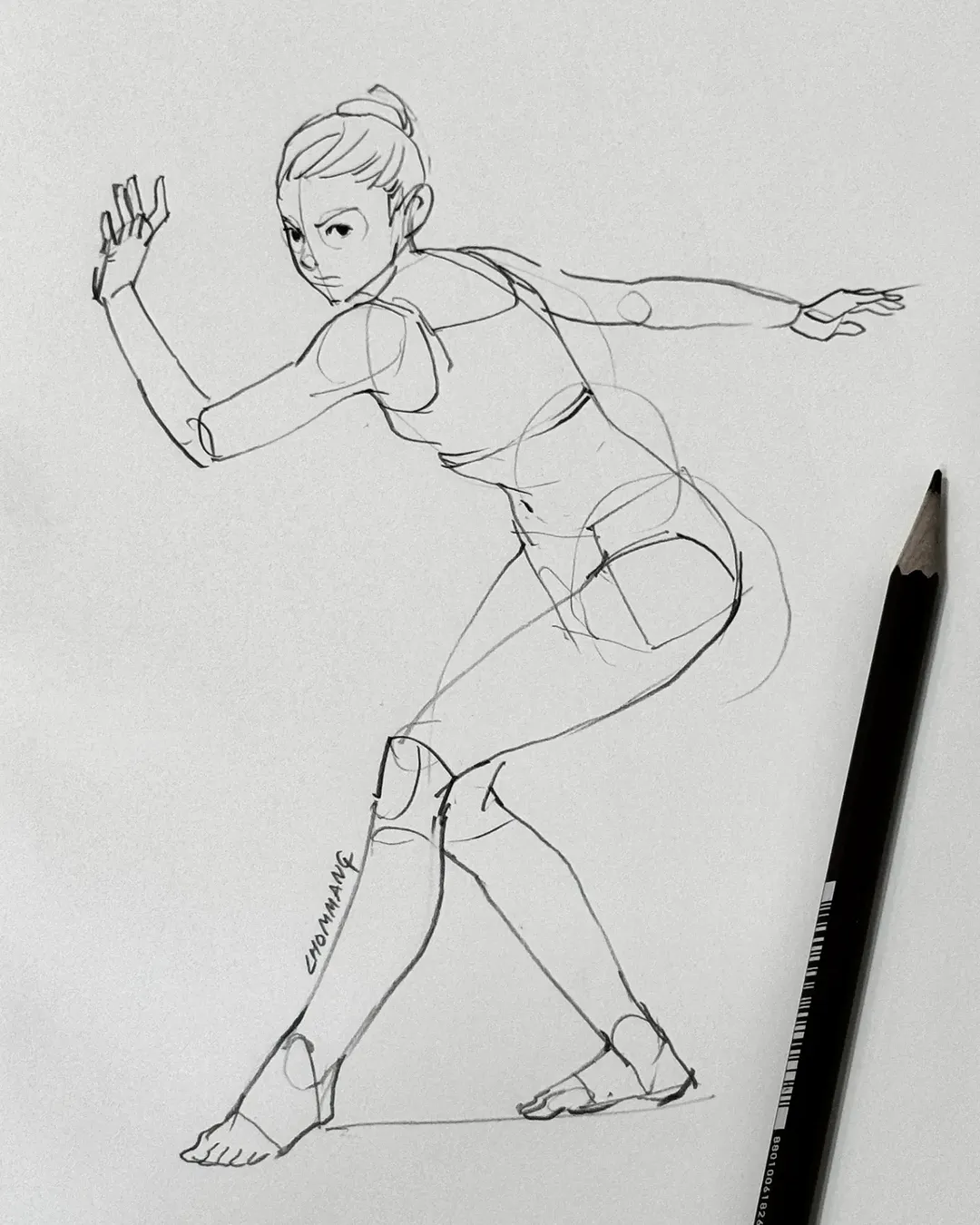
source @chommang
A classic pose that portrays contemplation or deep thought, this stance often involves one hand resting on the chin while the elbow is supported by the opposite arm. This pose can be used to depict philosophers, strategists, or simply someone lost in thought. The challenge here is to ensure that the posture looks natural and not stiff, with slight tilts in the head and a relaxed positioning of the hands.
10. Kneeling Pose
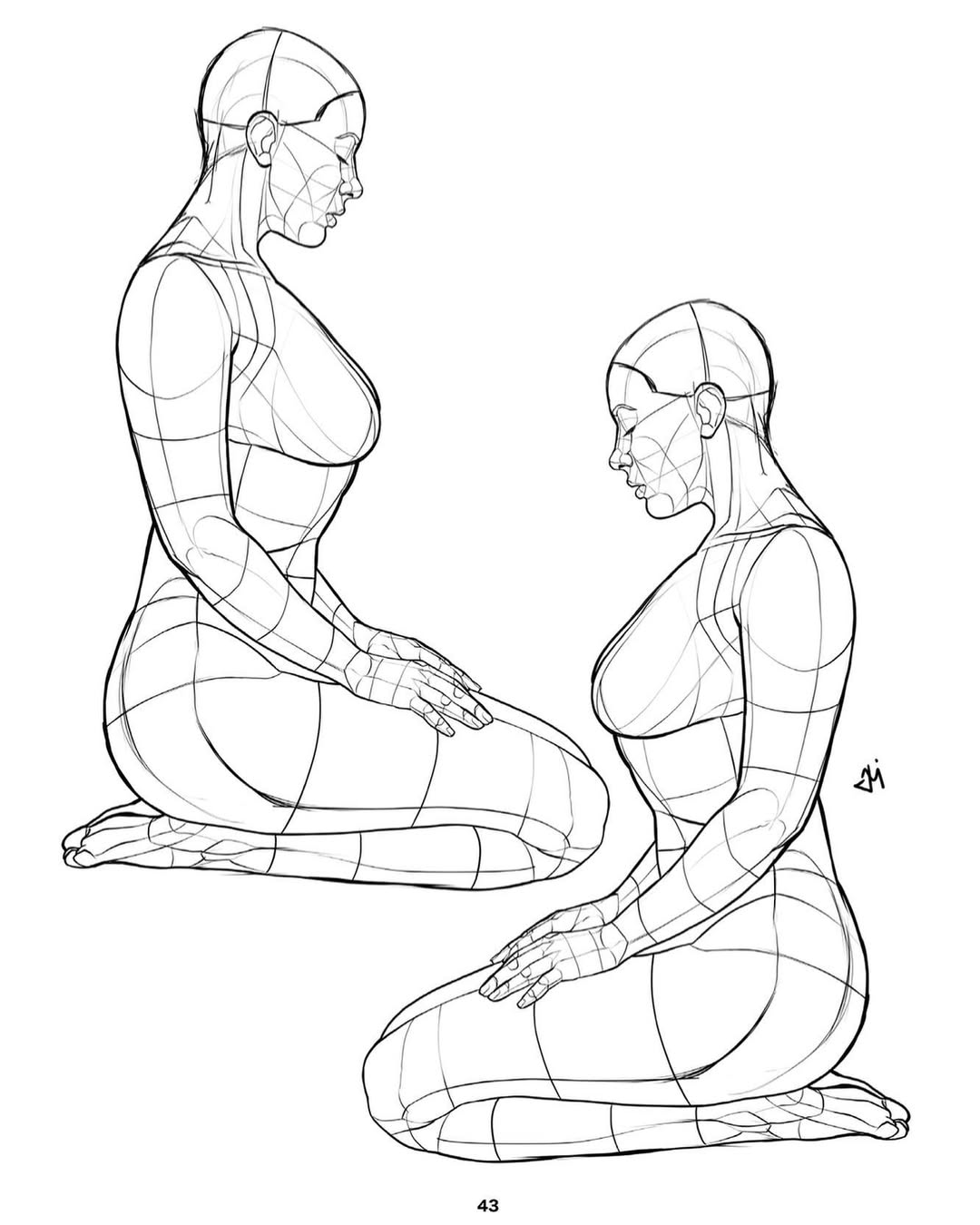
source @posereference
The kneeling pose is not only a symbol of reverence or submission but can also be a powerful action pose, such as a warrior preparing for a battle or someone making a dramatic gesture. This stance challenges artists to understand how the body balances while in a kneeling position. The knee that touches the ground bears more weight, creating a shift in the pelvis and torso, which can result in an angled or leaning posture. The opposite leg might bend at the knee, with the foot raised and positioned for support. Artists should focus on capturing the angle of the torso, especially around the hips and lower back, which will help convey a more realistic portrayal. The kneeling pose also provides an opportunity to practice how clothing folds at the knee and how muscles respond to pressure and weight.
11. The Reaching Pose
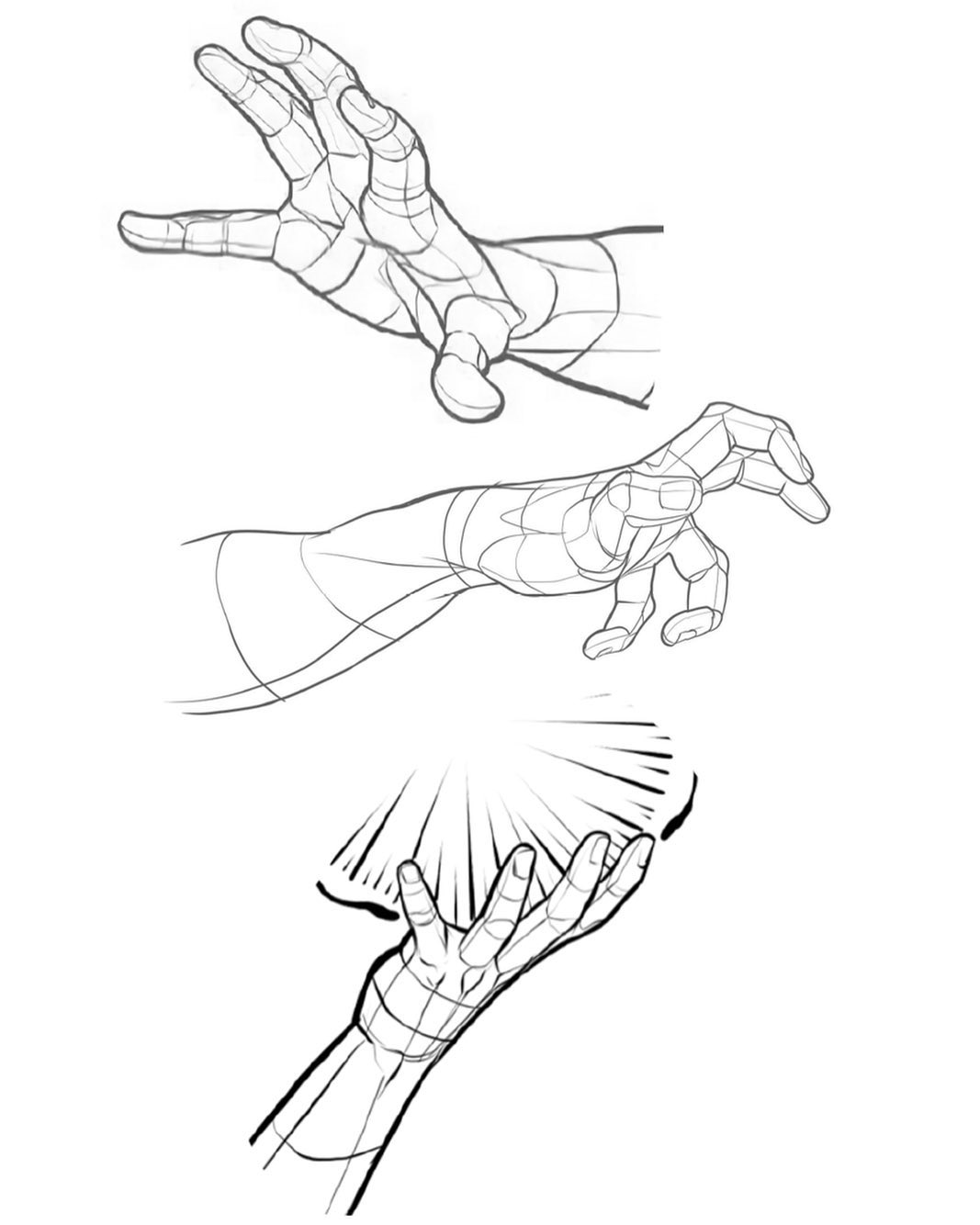
source @posereference
The reaching pose is a dynamic, energy-filled stance that adds a sense of urgency and action to any drawing. This pose is perfect for showing motion, and it’s especially useful for artists trying to depict characters in action scenes, such as reaching for something just out of reach or extending their arm to grab an object. One of the main challenges with this pose is getting the right amount of foreshortening and perspective in the extended arm. The torso should twist slightly, with the chest facing forward and the shoulders angled to support the outstretched arm. In addition, it’s essential to observe how the other arm and legs interact to maintain balance and stability. Whether the character is jumping to grab something or simply stretching upwards, this pose is a great exercise for improving your knowledge of body mechanics and movement.
12. The Boxing Stance
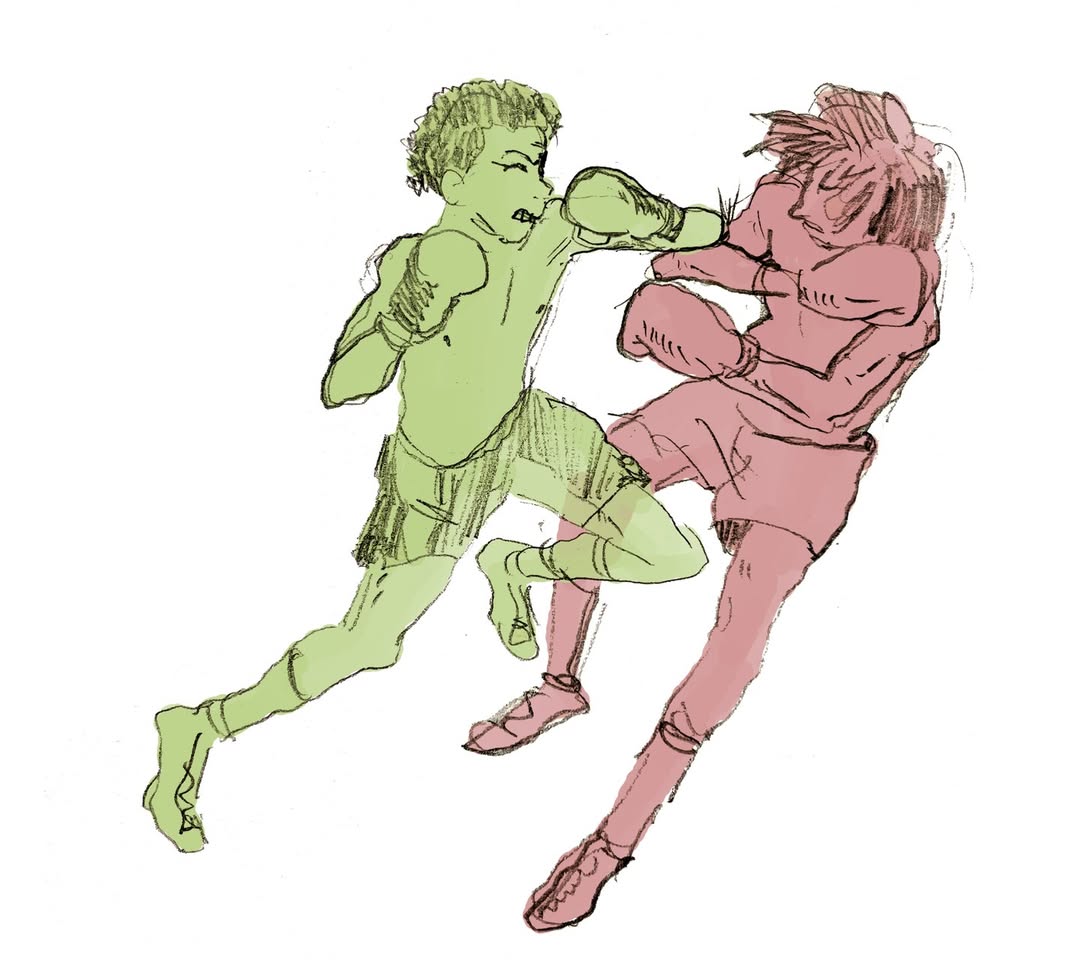
source @binsoo.lee
For artists looking to draw action-packed, intense scenes, the boxing stance is a must-master pose. This position is about more than just clenched fists—it requires attention to the character’s posture, weight distribution, and the tension in the body. A boxer stands with one foot forward, knees bent, and their body slightly rotated, ready for action. The arms should be raised to protect the face, while the fists are prepared to strike or defend. This pose is useful for learning how to capture power, tension, and strength in the human form. Key areas to focus on include the torso, which twists in preparation for a punch, and the legs, which should show muscle tension from the crouching position. Additionally, the character’s facial expression can greatly enhance the intensity of the pose, making it feel more alive.
13. Hands Behind the Head Pose
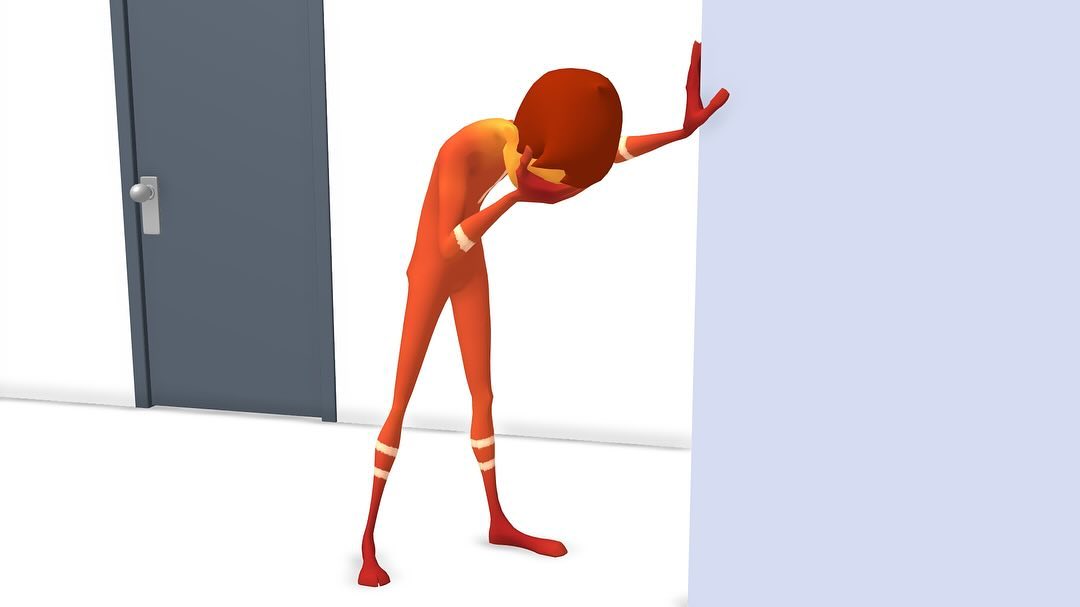
source @alexandercuenin
A casual, laid-back pose that conveys a sense of relaxation or confidence, the hands-behind-the-head stance is excellent for adding personality to your male figure drawings. This position is often seen in informal settings, such as someone lounging on a couch or standing in a relaxed posture. The pose shows how the body shifts when the arms are raised, especially around the shoulder and chest area. Artists should pay attention to how the elbows are pushed outward, creating space between the torso and arms, which leads to the chest appearing more expansive. The curvature of the spine and the way the lower back slightly arches also play an important role in making this pose appear realistic. For a more detailed approach, study the folds of clothing or fabric around the elbows and shoulders, as this can add extra depth and texture to the figure.
14. Sitting Cross-Legged
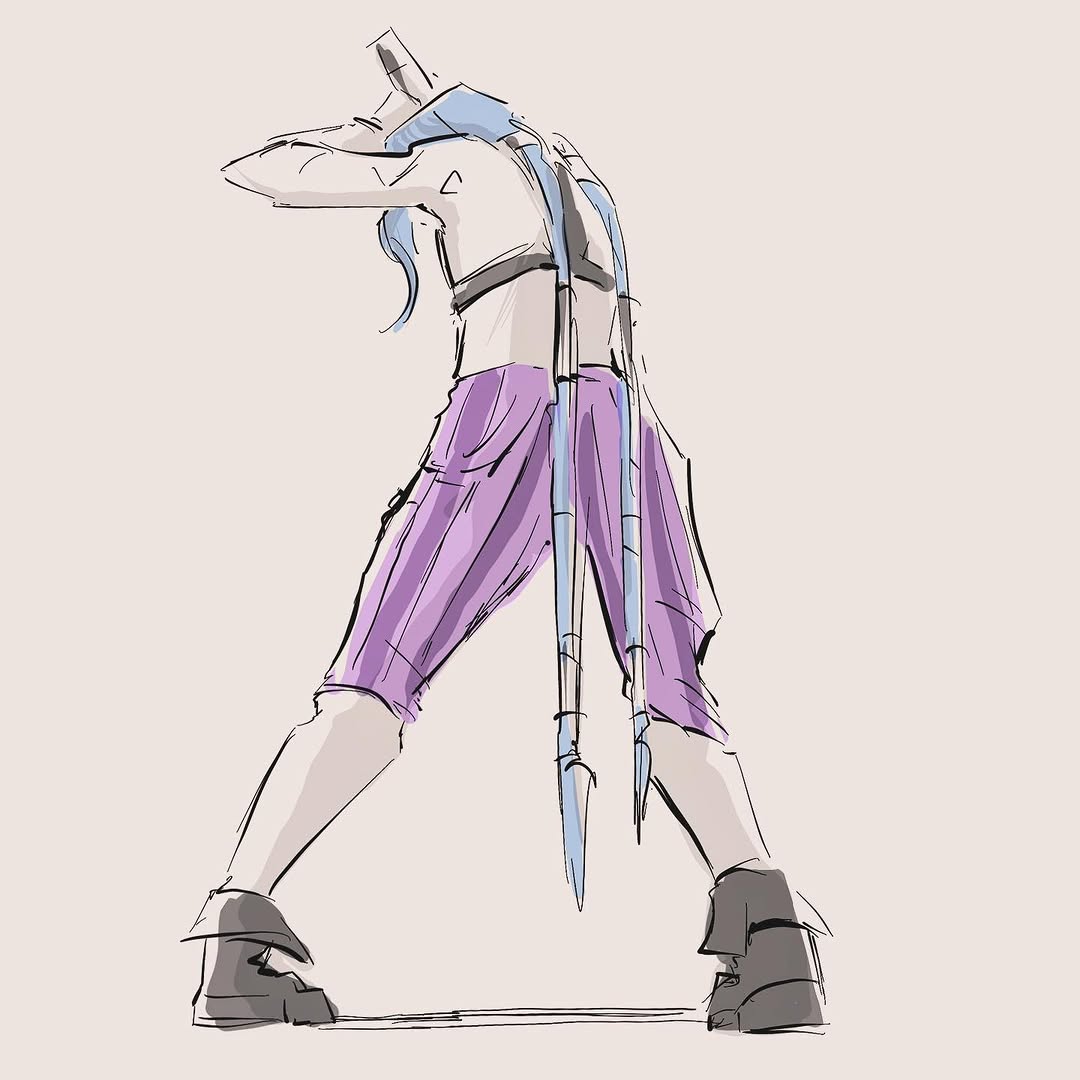
source @therealnatmatt
The cross-legged sitting pose exudes a sense of calm and tranquility, often seen in meditative or thoughtful moments. This pose is perfect for illustrating characters engaged in conversations, reflection, or relaxation. One of the main challenges with this pose is understanding how the legs are positioned and how the weight is distributed between the seated position and the crossed legs. The torso typically leans slightly forward or remains upright, depending on the context of the scene. Pay attention to how the shoulders and arms interact with the body, as they can either rest on the knees or extend forward for added expression. The cross-legged position is also an excellent exercise for practicing clothing details, such as how pants or skirts fold at the knees and hips. By focusing on the placement of the legs and the natural curves of the body, this pose helps you practice balance and symmetry in your drawings.
15. The Heroic Pose
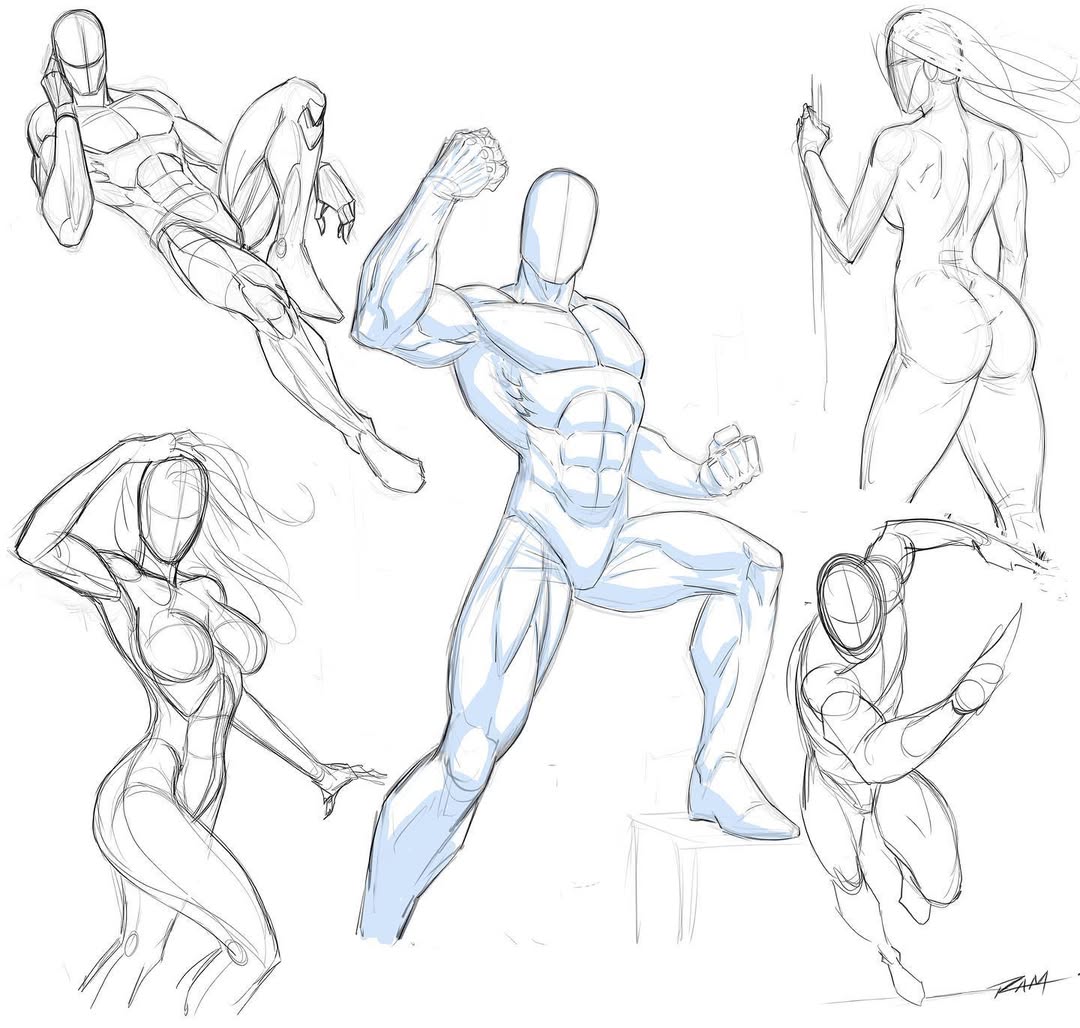
source @robert_marzullo
The heroic pose is often associated with strength, bravery, and confidence. It’s commonly used in comic books, illustrations of superheroes, or any scene where a character is positioned as a larger-than-life figure. In this stance, the character stands tall with legs slightly apart, chest expanded, and hands either on their hips or at their sides. This pose demands attention to proportions and perspective, as the figure should look dominant and imposing. A key aspect of this pose is the strong vertical lines that define the character’s presence—whether they’re standing on a mountaintop or in the middle of a heroic battle. Artists should focus on the powerful posture of the torso, the muscular build of the arms, and the confident angle of the head. Understanding how the weight is distributed and how the body expands or contracts in this pose will ensure the character feels grounded and confident.
16. Jumping in Action
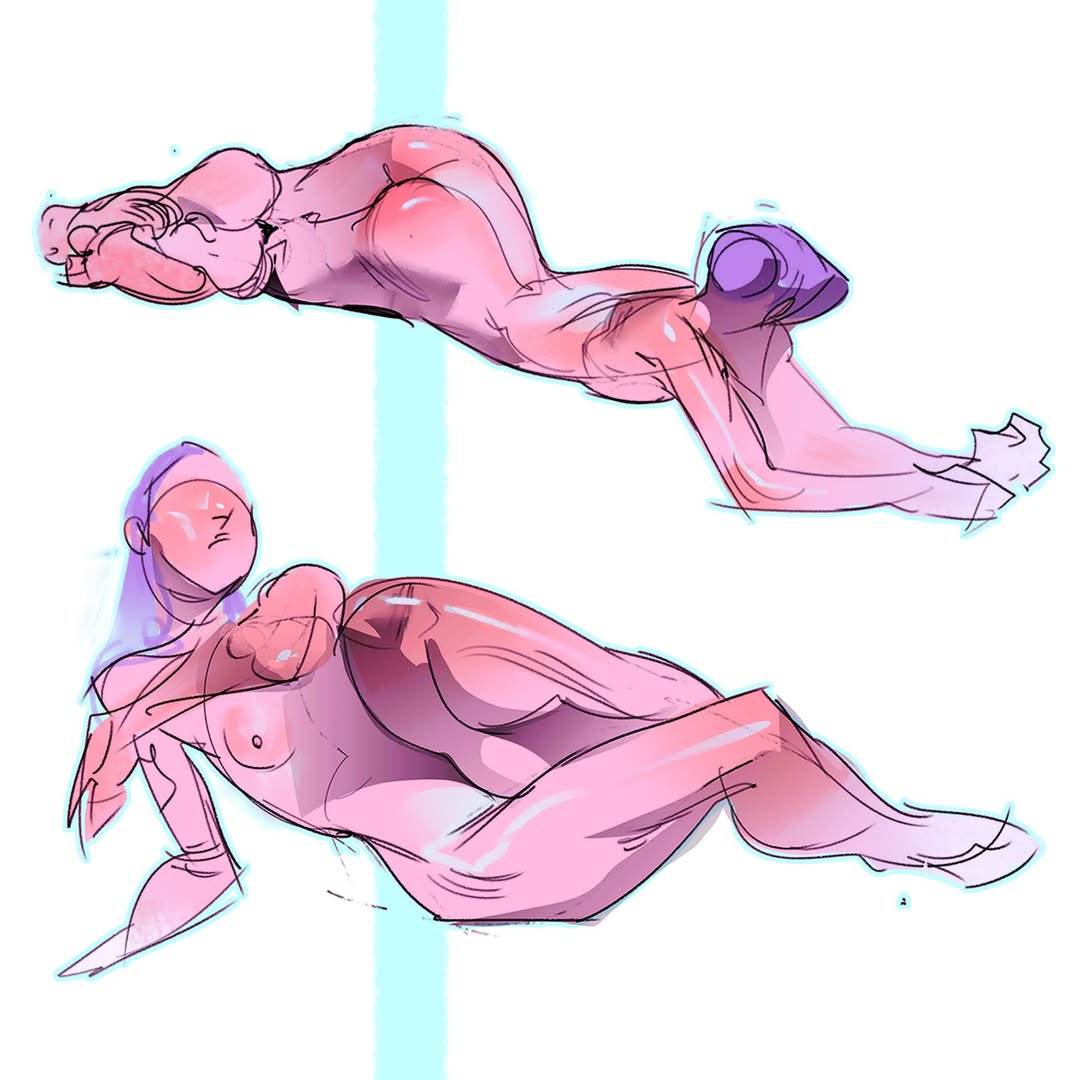
source @o.sporin
Capturing movement in a jump is one of the most dynamic and challenging poses an artist can master. The jumping pose is an excellent exercise in both foreshortening and the sense of weightlessness. When a character leaps into the air, the body tends to stretch and extend as the legs push off the ground, and the arms are often raised or positioned for balance. Pay close attention to the angle of the limbs and the way gravity affects the torso. In some cases, the body may twist or rotate mid-air, requiring an understanding of how muscles stretch and contract under these circumstances. The most important element in drawing a jumping pose is to convey the sense of motion, ensuring that the figure doesn’t appear static but instead alive and full of energy. Focus on the positioning of the feet, knees, and elbows to ensure a dynamic yet natural look.
17. The Shoulder Lean Pose
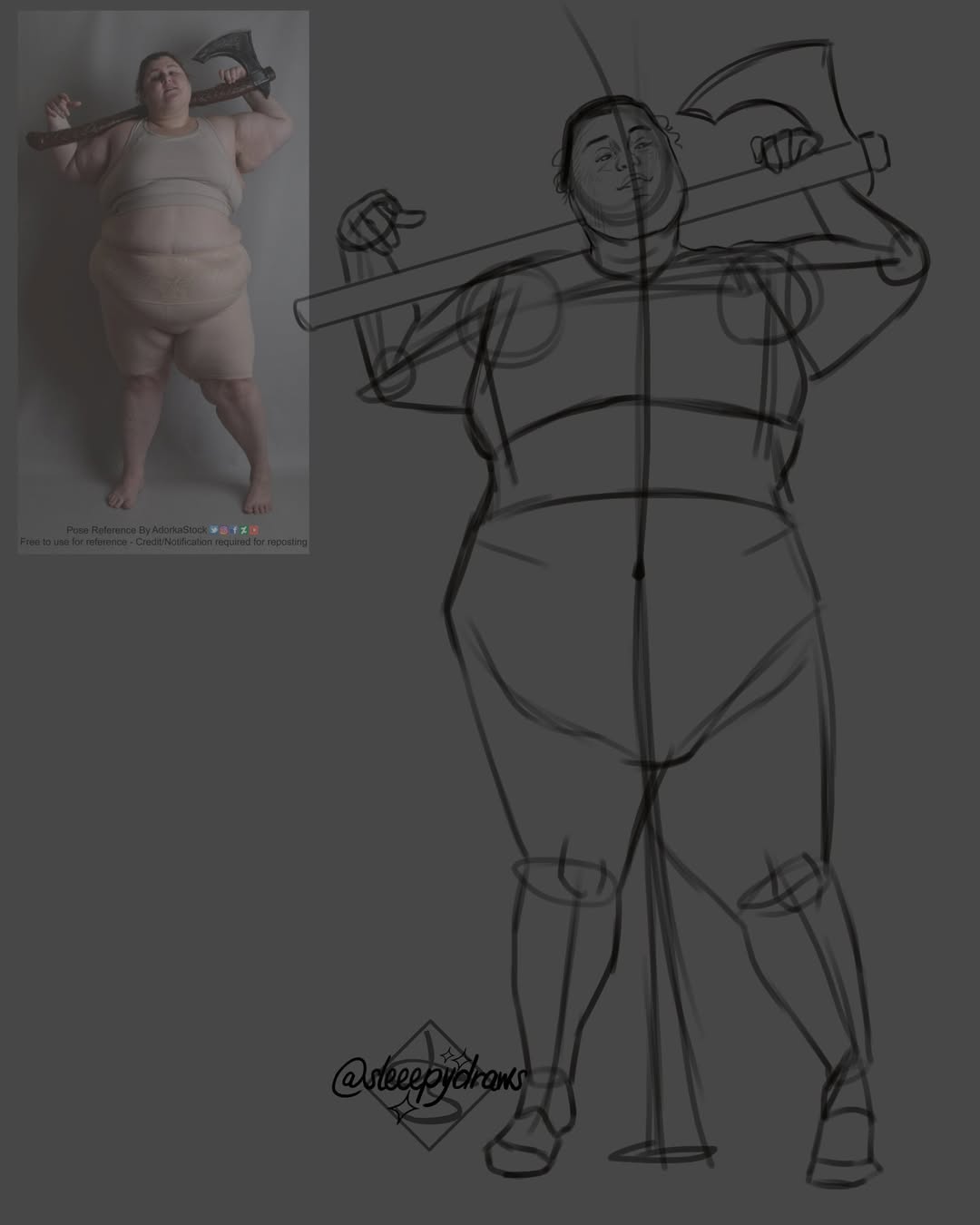
source @sleeepydraws
The shoulder lean pose is a relaxed yet stylish position where the character leans against an object, typically with one shoulder pressing against a wall or another surface. This pose can be used to depict characters who are casual, laid-back, or in deep thought. It’s a great way to add character and attitude to your drawings, making them feel more organic and alive. The key to nailing this pose is to understand how the body weight shifts when leaning against an object, and how this affects the position of the legs, torso, and arms. Often, one leg is bent with the foot raised, while the other remains straight to support the body. The upper body may appear slightly tilted, and the arms may rest casually at the sides or crossed. This pose can also highlight details like clothing folds, the tension in the shoulders, and the natural curves of the body, making it an excellent study in anatomy and relaxation.
18. The Victory Pose
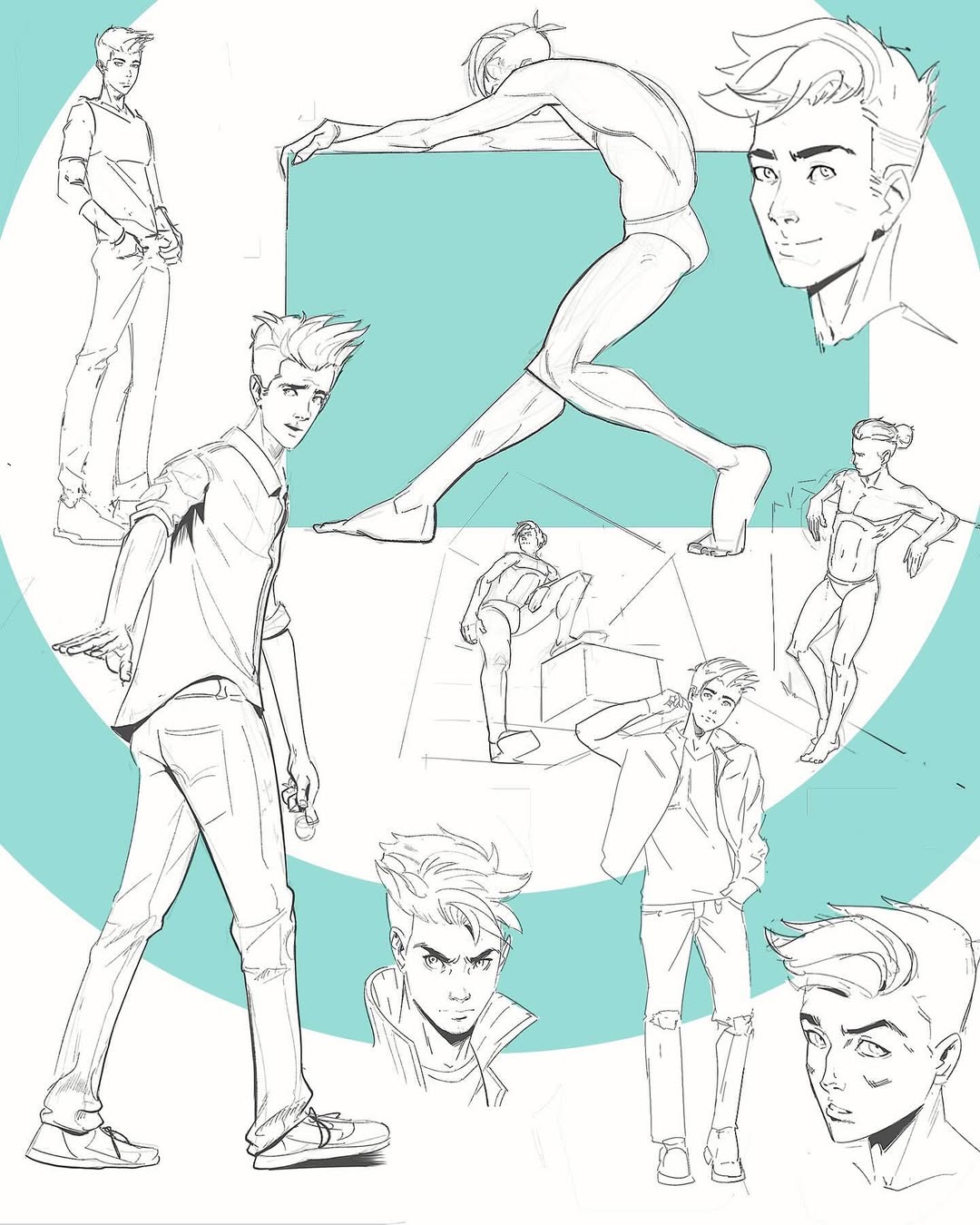
source @radio_runner
One of the most dynamic and celebratory poses, the victory pose is perfect for depicting moments of triumph, success, or excitement. In this pose, the character often raises both arms in the air, chest expanded, and head tilted back in exultation. This pose is an excellent way to show power, joy, and emotion, and it can be used in various settings, from sports scenes to fantasy battles. Artists should focus on how the body arches slightly backward, with the arms raised and the shoulders pushed downward to create a sense of openness. The legs should be slightly apart to provide a stable base for the figure. The expression on the character’s face is crucial here, as it conveys the emotional state of the individual. Whether they’re celebrating a victory or simply enjoying the moment, this pose requires attention to both the body and facial expression to fully convey the sense of accomplishment.
